Welcome to St. Louis, Missouri, the Gateway to the West.
With its fantastic food scene, historic neighborhoods, and low cost of living that is hard to beat, let’s explore what you should know before calling this Midwestern city home.
In this guide we’ll cover:
- What areas people mean when they say “St. Louis”
- Overview of St. Louis City neighborhoods
- St. Louis County: The suburbs of St. Louis
- St. Charles County: A bit farther than the suburbs
- Things to do in St. Louis
- St. Louisan culture
- Cost of living & housing
- Final thoughts on moving to STL
Riverfront Location
St. Louis, MO sits on the iconic Mississippi River.
If you’re traveling from the east on I-64 you’ll hit St. Louis as soon as you cross the bridge over the river from Illinois.
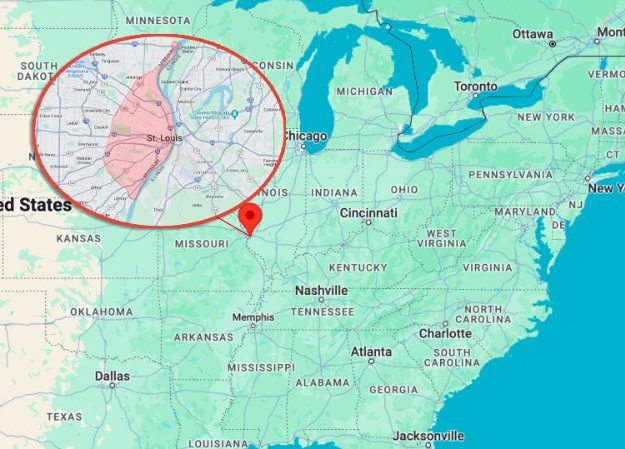
Depending on who you talk to and the context of the conversation, “St. Louis” can mean a few things.
Need Help Buying Your Next Home in St. Louis?
We can help with that.
We are St. Louis realtors who love helping new clients find their perfect home.
WORK WITH USWhat Area Does ‘St. Louis’ Refer to?
In most conversations, “St. Louis” refers to St. Louis County and St. Louis City combined.
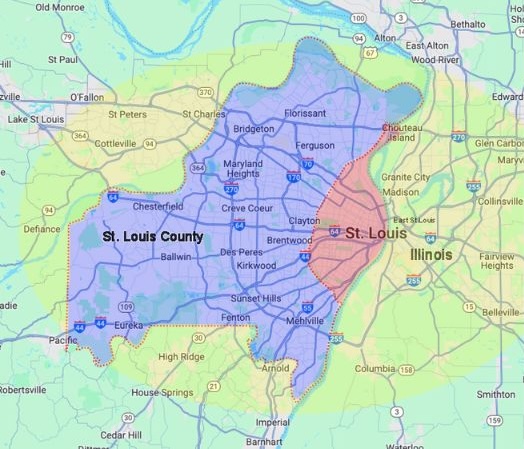
Sometimes, people say “St. Louis,” referring to the greater St. Louis Metro, which includes 12 counties. People often say, “I’m from the Illinois side,” referring to the Metro East, as far east as Belleville, IL.
Once you become a St. Louisan, you’ll just say the neighborhood you’re in, regardless of whether you’re in the city or county.
Why Some Addresses Say “St. Louis” if They Aren’t in St. Louis
When it comes to the city vs. the county, it can get a little confusing looking at addresses.
For towns in St. Louis County, you may notice that addresses will either say the name of the municipality or “St. Louis,” even though it’s not in St. Louis City.
According to a 2022 article by FOX2NOW, the postal service finds it easier to serve some places as “St. Louis” and others as their municipality name.
If your zip code begins with 631, you’re in St. Louis. Most of St. Louis County also begins with 631, but some areas like Chesterfield, Ballwin, and Fenton start with 630.
If you’re not sure whether to write your address as “St. Louis” or the municipality you live in, don’t worry. As long as you get the zip code right, your mail will reach the correct destination!
Helpful Tips
- If you have questions about public services or taxes, check out the government website of the city or county where you live.
- St. Louis City has a page for every neighborhood with links to the Neighborhood association.
- Most of the cities and towns in St. Louis County have their own government websites with helpful information.
St. Louis City Taxes
Speaking of taxes, residents of St. Louis City pay a 1% earnings tax that helps pay for public services.
You will also pay this tax if you work within city limits, even if you don’t live there.
St. Louis Aesthetic: Lots of Brick
One of the first things you’ll notice about St. Louis is the old brick buildings in every neighborhood.
Everything here is made of brick.
There’s a stronger concentration of brick homes and buildings as you get closer to the city. It’s less common in certain suburbs.
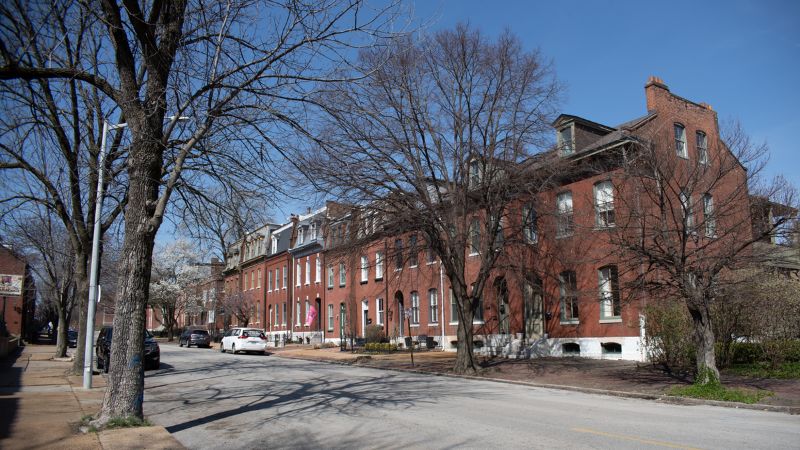
In the Mississippi Valley around St. Louis, abundant clay resources, coupled with burgeoning industry and a surge of immigrants seeking employment in the mid-1800s, set the stage for significant development.
With access to the railroad and the river, St. Louis emerged as a hub for distributing bricks to cities like Chicago and New York.
Since the bricks were locally produced in St. Louis, they were cheap.
This led to their widespread use in constructing everything from modest working-class residences to decorative mansions, breweries, and other businesses.
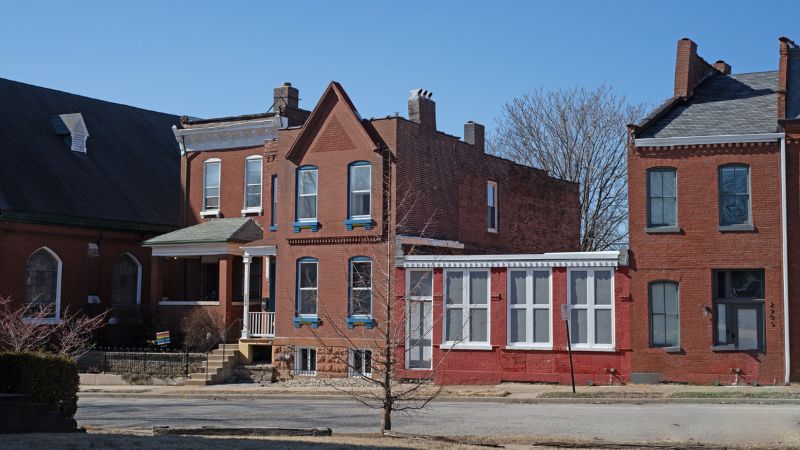
In some of the newer towns further west, you’ll see a wider range of materials like stone and vinyl siding, but you’ll still see quite a lot of brick.
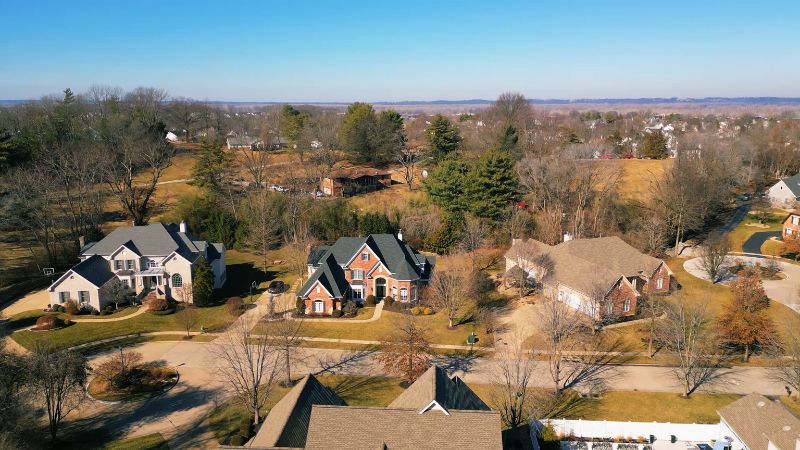
Chesterfield is one good example where everything is newer-built, so you see very little of the typical St. Louis style.
This is especially true in St. Charles County where new construction is around every corner.
St. Louis Was a World-Class City
St. Louis had its heyday in the mid to late 1800s and was the 4th largest US city from 1870 to 1920.
It hosted the World Fair in 1904, drawing 19 million visitors worldwide.
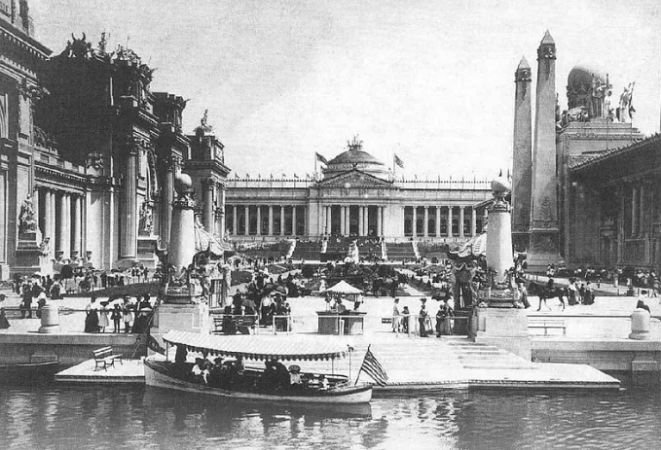
The Decline of St. Louis
St. Louis hit peak population in 1950 with 856,796 residents. By then, it had dropped to the 8th largest city.
Today, the population of St. Louis City is around 287,000, and the greater St. Louis area has about 2.8 million people.
St. Louis fell into decline starting with the Great Depression. By the mid-1950s, many buildings fell into disrepair, and the population started to dwindle.
Many historical buildings were lost, but in the late 1960s to early 1970s, we started to see passionate groups of people trying to preserve and restore some St. Louis neighborhoods.
One great example is Lafayette Square and the painted ladies.
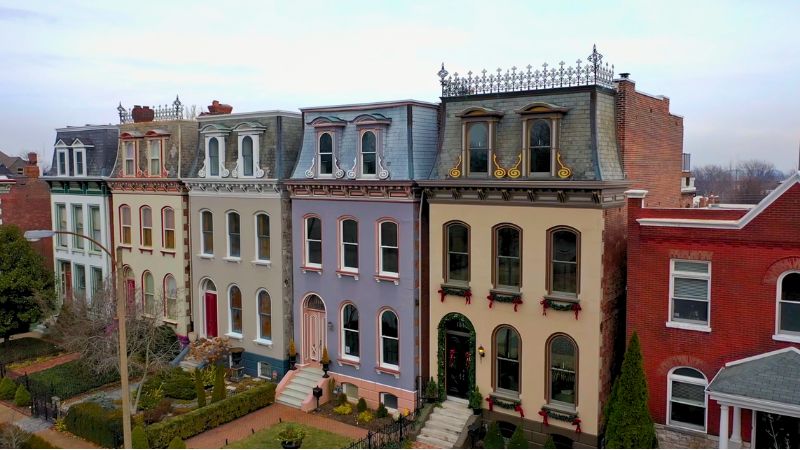
Many neighborhoods are now listed in the National Register of Historic Places and are City Historic Districts.
This preserves their historic charm and protects the buildings from being razed.
There’s a very active Preservation Board that makes decisions on what buildings can be taken down and new developments.
Helpful Tips: Historic District
- If you’re considering moving into a historic district like Benton Park or Lafayette Square be sure to check out some of the restrictions that apply to them.
- Each neighborhood website is a great place to look for more details.
- Most of the restrictions apply to the front-facing exterior of the buildings.
St. Louis City Neighborhoods
Knowing the different neighborhoods when searching for a home in St. Louis is helpful.
There are 79 neighborhoods in the City of St. Louis, some of which can feel completely different.
Many neighborhoods will share similar looks and layouts. They’re all mostly brick homes, and the streets follow a similar block pattern.
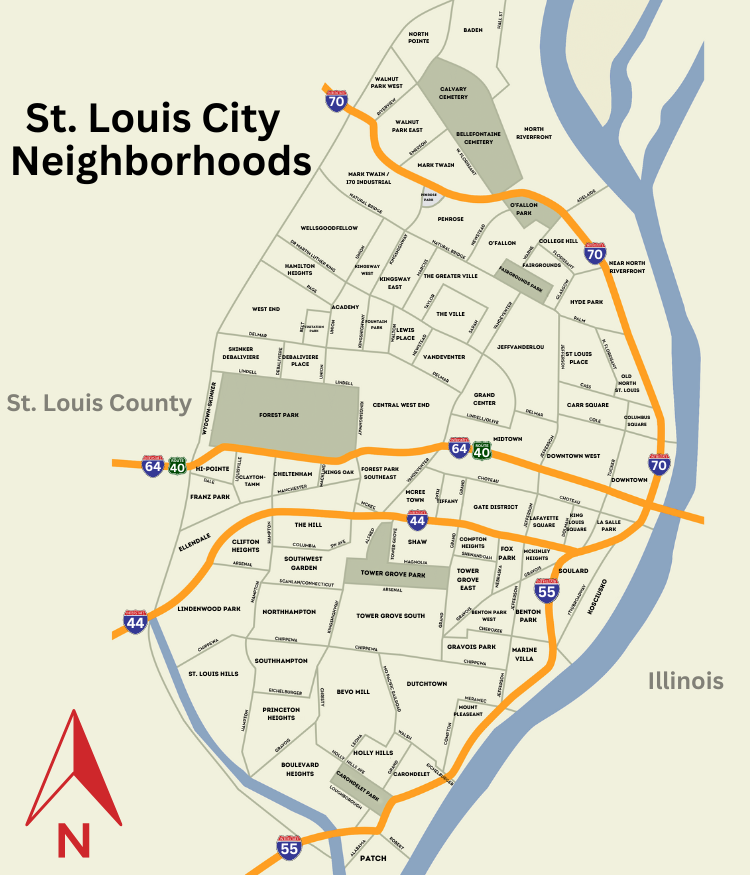
All neighborhoods have a variety of brick homes, multi-family units, apartments, condos, and local businesses.
A big difference to watch out for is how well-maintained the homes are and whether they’ve been restored or redeveloped.
Each neighborhood has pockets of redevelopment mixed in with original homes where little has been done to keep up with the times.
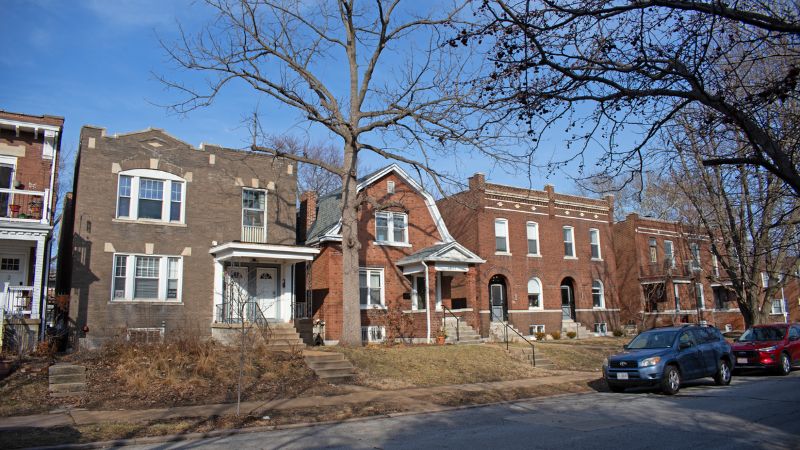
A local tip is to check the alleys to gauge the neighborhood. Is it clean and well-maintained? Or are there piles of trash on the street?
Looking at Some City Neighborhoods
Soulard has a reputation for being the party neighborhood.
It’s a popular place to go bar hopping, and they have an annual Mardi Gras celebration and parade.
But don’t let that fool you.
There are quiet areas, too, and beautifully restored homes like the Franz Artz house.
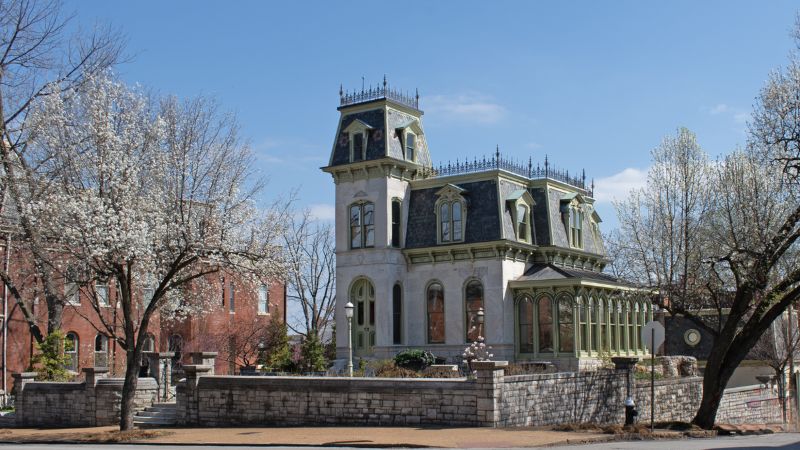
Tower Grove and Tower Grove South are named after Tower Grove Park, which is especially popular on Saturday mornings for its Farmers Market. It’s also home to the Missouri Botanical Gardens. The neighborhood has a mix of larger single- and multi-family homes; in some areas, you’ll even find some Cape Cods!
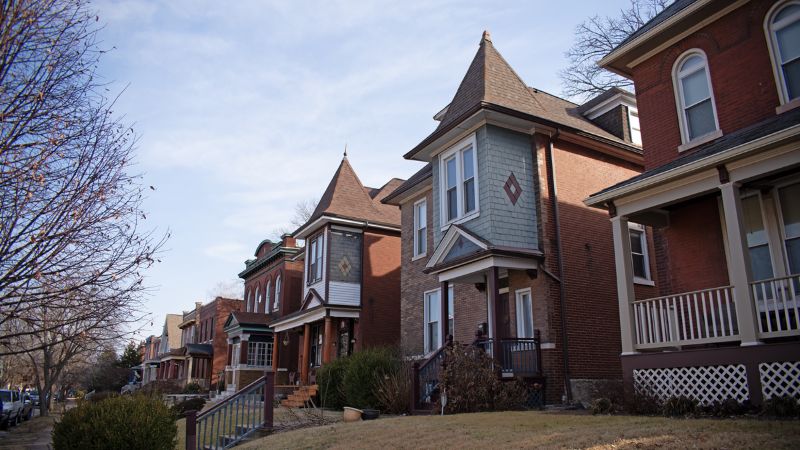
The Hill is St. Louis’ “Little Italy,” founded by Italian immigrants in the early 1800s. The community takes pride in its rich heritage. Visitors can immerse themselves in the vibrant atmosphere of Italian grocery stores, restaurants, delis, bakeries, and cafes.
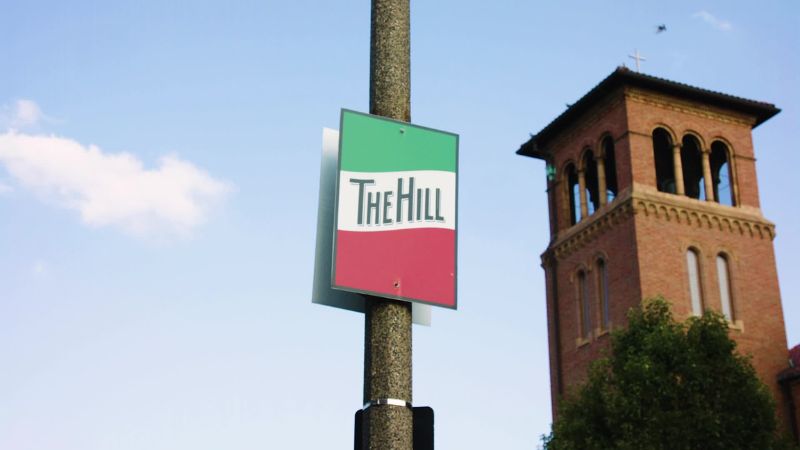
Downtown and Downtown West St. Louis have a lot going on! Over the last two decades, there has been a lot of redevelopment and planning to revitalize the area.
There are loft-style condos, apartments, and mixed-use buildings. The downtown area is popular with young professionals looking for that big-city experience.
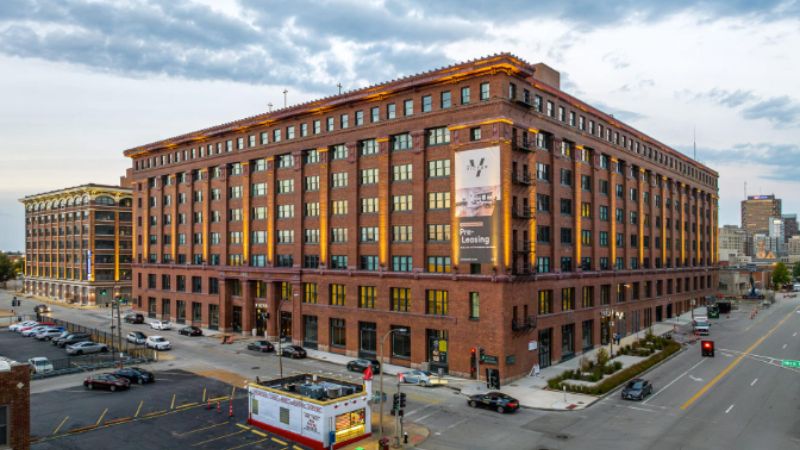
Central West End is across from Forest Park, adjacent to Washington University, and just a five-minute drive from Downtown St. Louis.
The business district is a popular place for an evening out with its restaurants, bars, and entertainment. You’ll find luxury apartments and condos, gated streets with mansions, and beautiful brick homes on tree-lined streets throughout
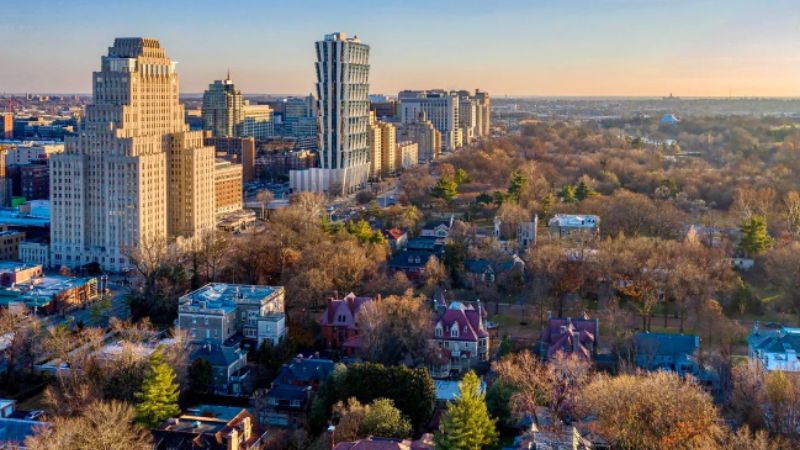
Lafayette Square is known for its Painted Ladies, brightly colored Victorian homes facing Lafayette Park, the oldest park in the city of St. Louis. In addition to the beautiful homes, you’ll find upscale restaurants and bars. Check out Bailey’s Chocolate Bar for a great date night.
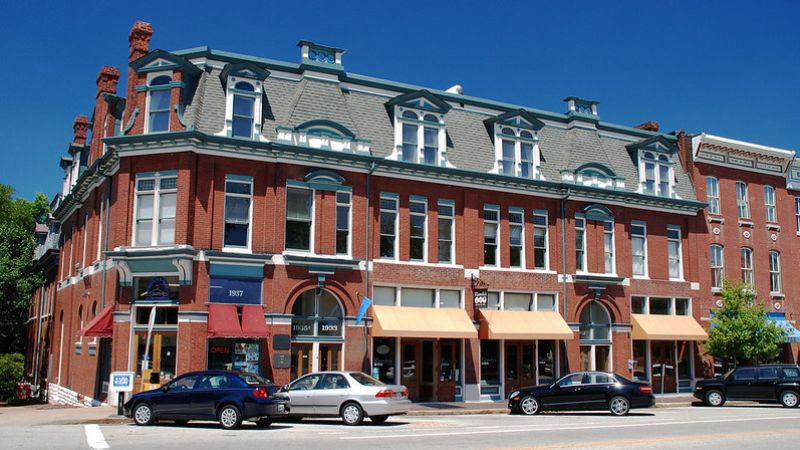
North St. Louis has significant challenges, such as urban decay, and it hasn’t received as much attention for revitalization efforts as other areas.
Nonetheless, the community has hidden gems, and dedicated individuals are working to restore some of the area’s older buildings.
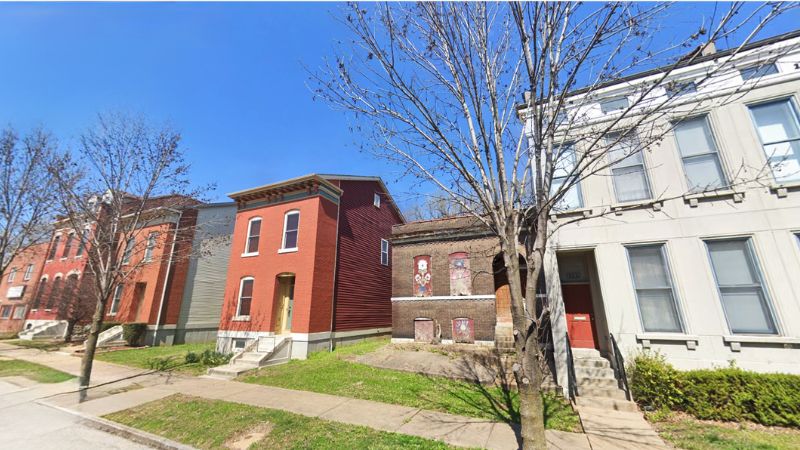
There’s more to explore, be sure to check out our blog for more on St. Louis neighborhoods and suburbs.
Need Help Buying Your Next Home in St. Louis?
We can help with that.
We are St. Louis realtors who love helping new clients find their perfect home.
WORK WITH USThe Greater St. Louis Areas
You’ll find newer towns with more modern homes as you get further west from the city.
Chesterfield, for example, has many houses built from the 1980s to now, while in Soulard, you’re looking at buildings built in the 1880s.
St. Louis County
Creve Coeur is another place known for its outdoor spaces, Creve Coeur Park is a great place to rent a kayak for the afternoon or go for a walk. It’s also home to many tech companies. The residential areas have ranch-style homes and condos, many on wooded lots.
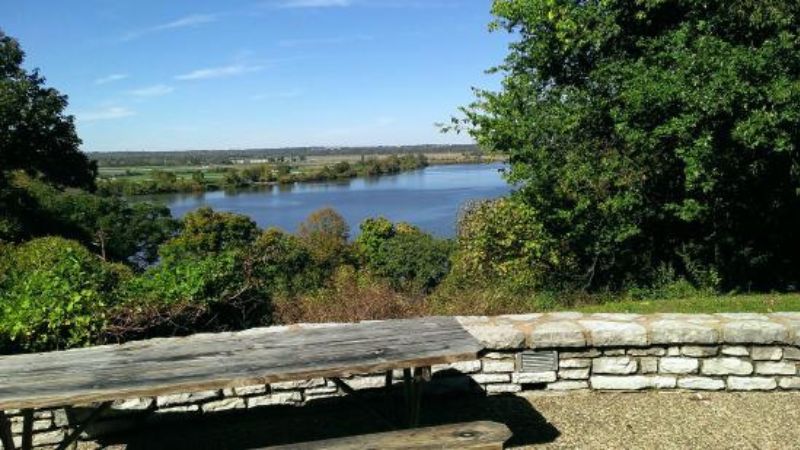
Chesterfield is about a 30-minute drive from St. Louis City and has a lot going on. The houses are newer than the city, with many “older” homes built in the 1970s to 1990s. There’s a lot of new construction going on, with many options for food, entertainment, and relaxation.
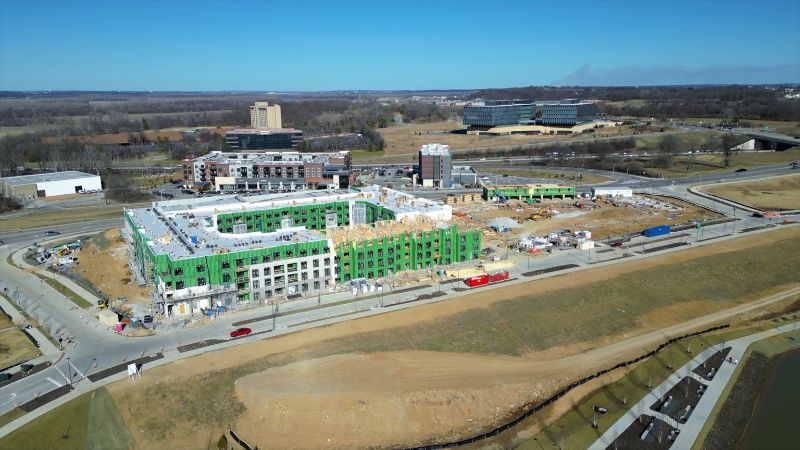
Town and Country is the perfect blend of suburban amenities with a little country living charm. It’s an upscale community that boasts quiet living with a 25-minute commute to the city.
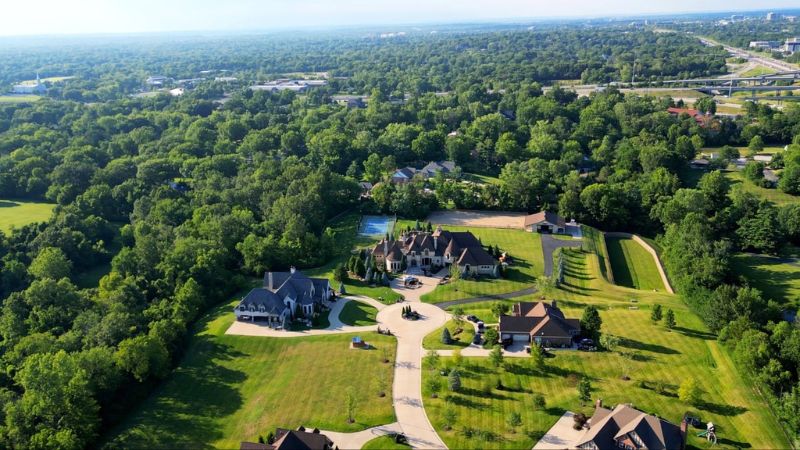
Clayton holds the seat of St. Louis County and is a bustling business center with Fortune 500 companies headquartered here. There are plenty of small shops, upscale to casual restaurants and bars, and residential options from condos to impressive single-family homes. And once a year, they bring us the St. Louis Art Fair bringing artists and visitors from all over the region!
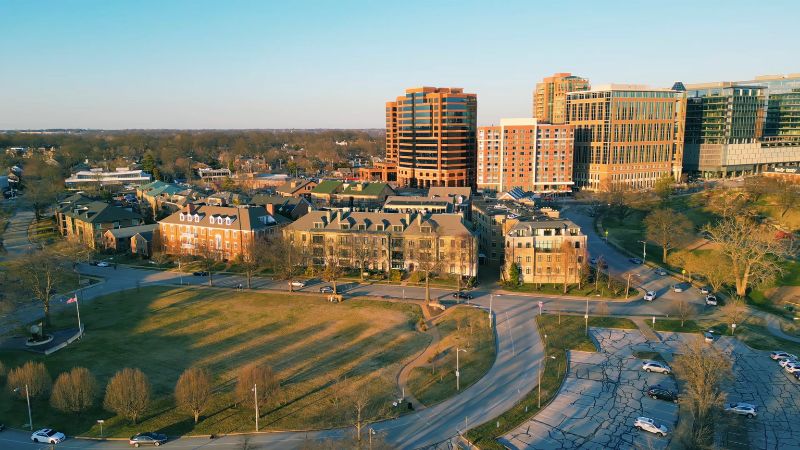
Kirkwood, Maplewood, and Webster Groves are close to the city and have charming downtown areas with local shops and restaurants. The homes in these neighborhoods tend to be pricier but are well-kept and have well-manicured lawns.
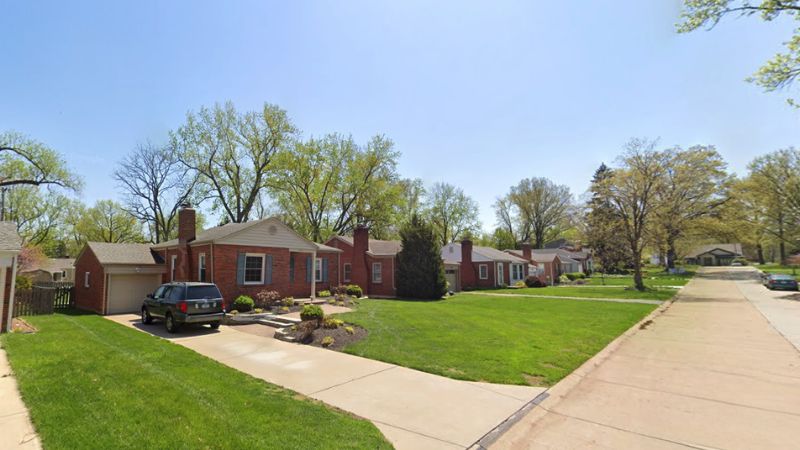
Richmond Heights has a mix of old and new residences, with homes ranging from $200k in price to over $2 million. It’s also close to many shopping options: hardware stores, grocery stores, clothing, pet stores, malls, and Micro Center.
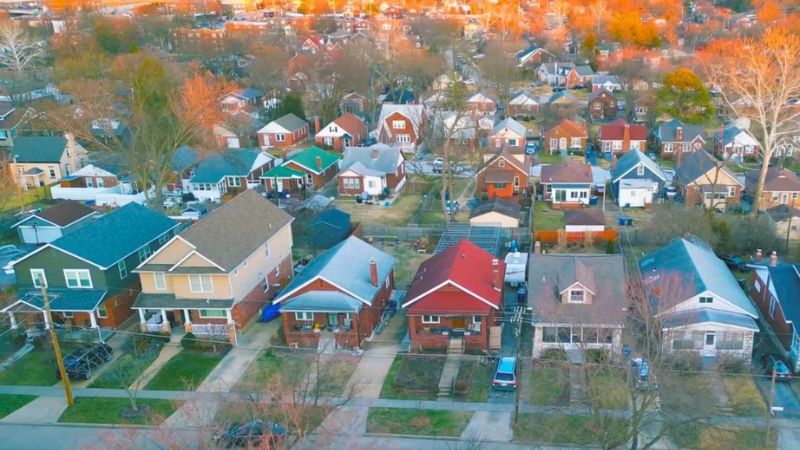
There’s so much more! Check out our blog for even more on St. Louis area neighborhoods!
St. Charles County
Though technically not St. Louis, St. Charles County is a popular destination for people moving to town.
St Charles, in particular, has a lively downtown area that boasts charming shops, restaurants, bars, and coffee shops.
Overall, you’ll notice much newer homes in St. Charles County. The whole area has been massively developed in the last 20 years. You’ll see more “cookie-cutter” homes that don’t quite have the same charm as city neighborhoods.
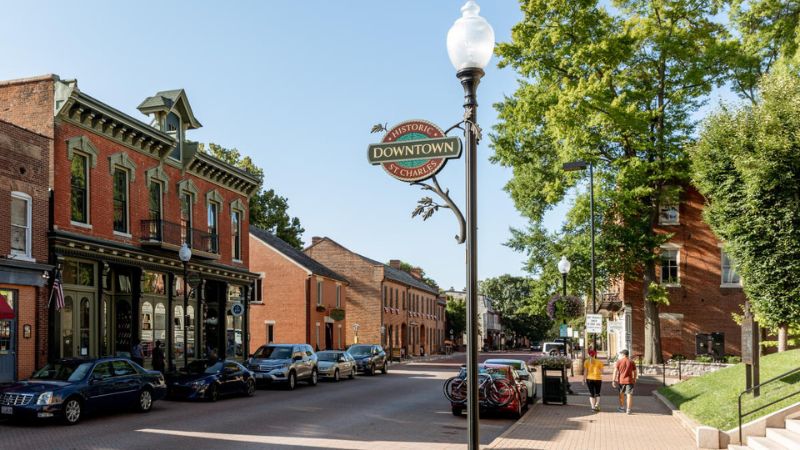
Homes in this area range from midsize affordable homes to condos to homes on the lake. There’s also plenty of outdoor space to enjoy and hiking trails!
O’Fallon is the fastest-growing suburb in St. Charles County. This family-friendly area offers plenty of shopping, dining, entertainment, and homes.
Things To Do Around St. Louis
The Grove is the business district of the Forest Park Southeast neighborhood, located along Manchester Rd.
A significant number of the businesses are LGBT-oriented, and it boasts a variety of bars, restaurants, and clubs, including an Urban Chestnut Bierhall. It’s a great place for drinks with friends or a night out on the town.
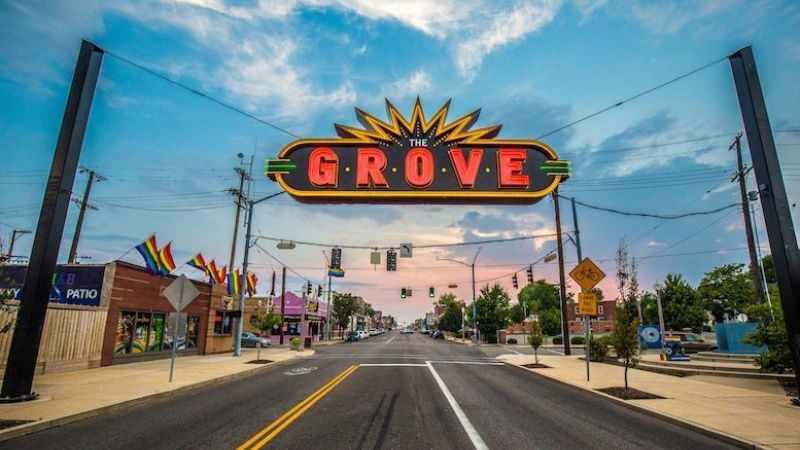
South Grand Blvd sits on the edge of the Tower Grove South neighborhood and is primarily known for its international cuisine. You can find Jay’s International grocer, Thai food, Vietnamese, Chinese, Indian, fusion and more.
There are also amenities like banks, medical, coffee shops, and dry cleaners. There’s a lot to choose from on this strip, and its proximity to Tower Grove makes it a great place to grab some food and picnic at one of the park’s many decorative pavilions.
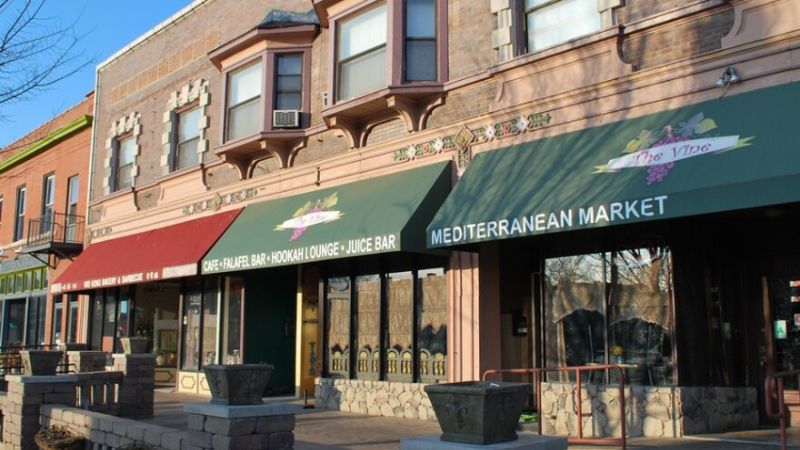
The Delmar Loop is an entertainment hub in University City. It features a bowling alley, an eclectic mix of restaurants and cafes, clothing shops (new and vintage), music venues, and cocktail lounges.
The St. Louis Walk of Fame, with stars laid on the sidewalk, features Maya Angelou, Chuck Berry, and Betty Garble. The Loop also features several festivals throughout the year.
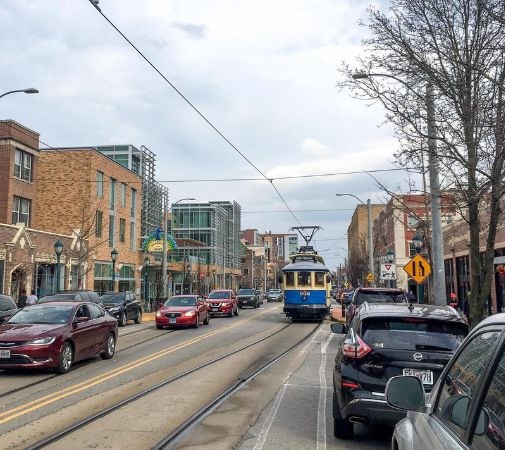
Forest Park is the border for a few neighborhoods like Central West End, Hi-Pointe, Skinner DeBaliviere, and the Demun.
At 1,371 acres, it’s one of the largest urban parks in the United States! It’s home to the St. Louis Arts Museum, the Missouri History Museum, The Muny, Forest Park Golf Course, police stables, the Saint Louis Zoo, the St. Louis Science Center, the boat house, and the World’s Fair Pavilion.
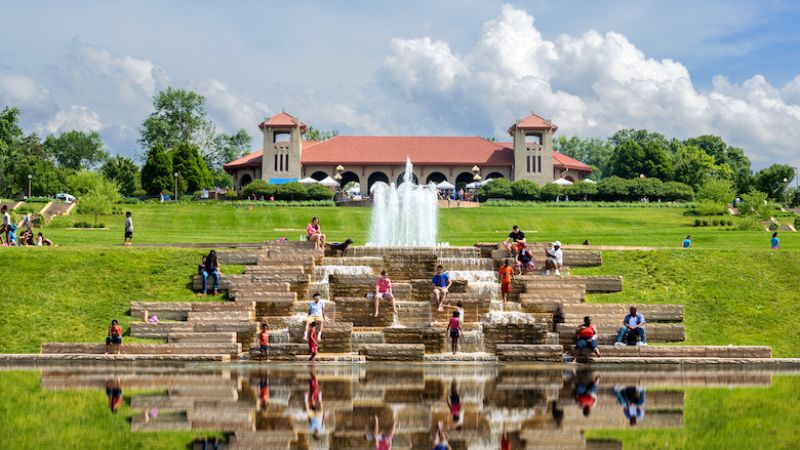
Sports in St. Louis
Sports fans will love the sports scene here.
St. Louis has three major sports teams:
The St. Louis Cardinals play at Busch Stadium Downtown and have won 11 World Series.
The St. Louis Blues are the city’s hockey team, who play at Enterprise Center and won the Stanley Cup in 2019.
St. Louis City SC is the city’s Major League Soccer (MLS) franchise, and they play at CityPark in Downtown West.
St. Louis is undoubtedly a baseball town, but there’s something for everyone.
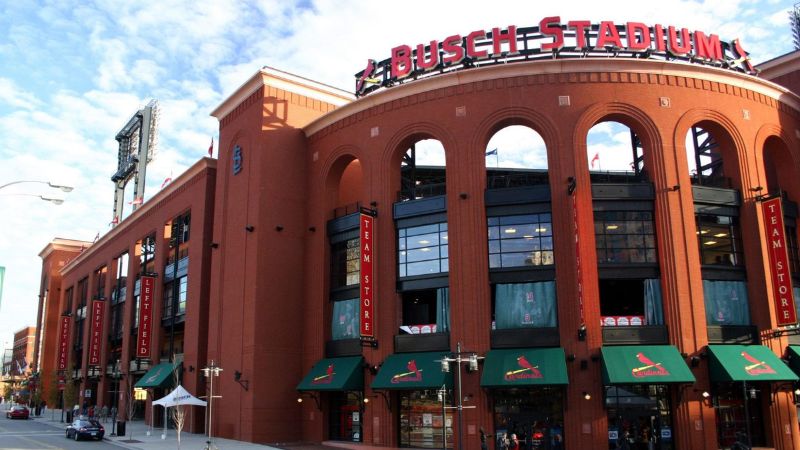
Union Station is in Downtown West and houses the St. Louis Aquarium, a Ferris Wheel, mini golf, and a variety of restaurants perfect for a day out with the family.
City Museum is internationally known and definitely something everyone should experience at least once! At this weirdly wonderful place, you can climb and play through a unique installation of slides, sculptures, and oddities. It’s one of the best places to bring the kiddos if you need to wear them out for the day!
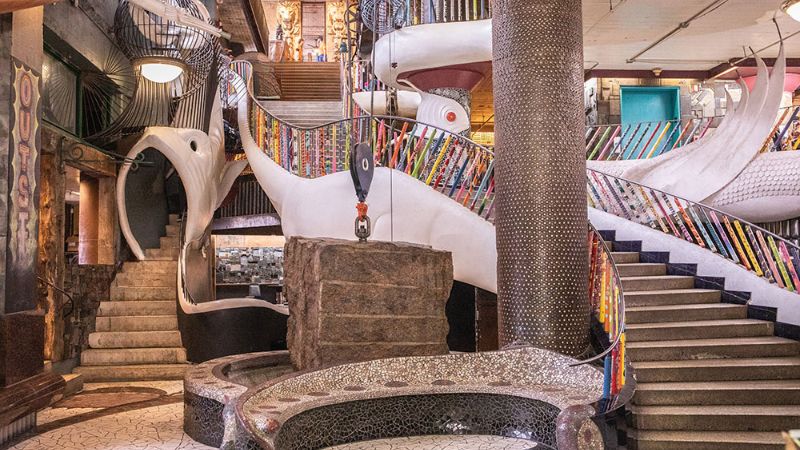
Grand Center Arts District is near Midtown and Central West End. If you’re into art, this is the place for you.
They have theaters, galleries, music venues, and events like First Fridays. The Fabulous Fox Theater hosts world-class shows, and The Angad Arts Hotel has a rotating schedule of art shows and a rooftop bar.
Dark Room at the Grandel has Jazz concerts and touring singer-songwriters gracing their stage. The Contemporary Art Museum has art-centric events every month.
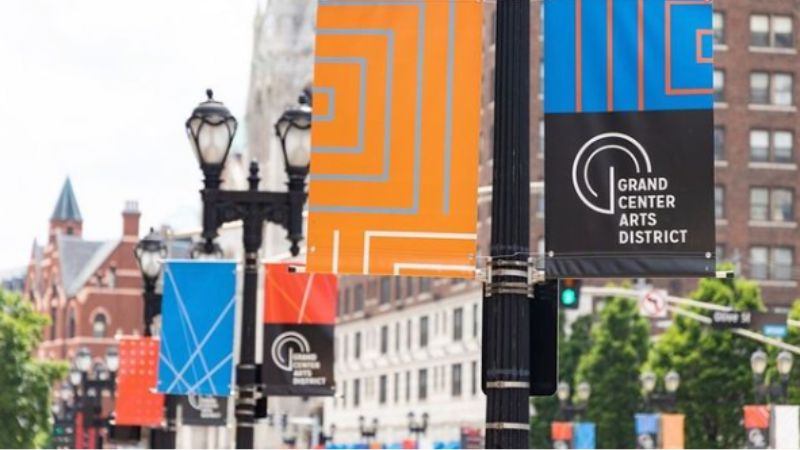
Grants Farm is a historic farm in Southwest St. Louis County.
It was built by Ulysses S. Grant and housed various members of the Busch Family. A cute little train takes you through the grounds, where you can view many animals.
The train stops at a small touristy village with a gift shop, snacks, and smaller animals like exotic birds. It’s also one of the homes of the Anheuser-Busch Clydesdales.
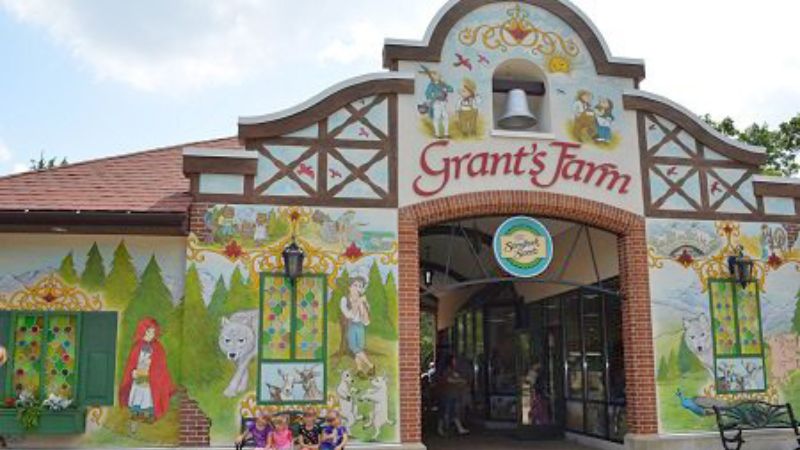
The Gateway to the West
Most people are familiar with the St. Louis Arch, often called the ‘Gateway to the West.
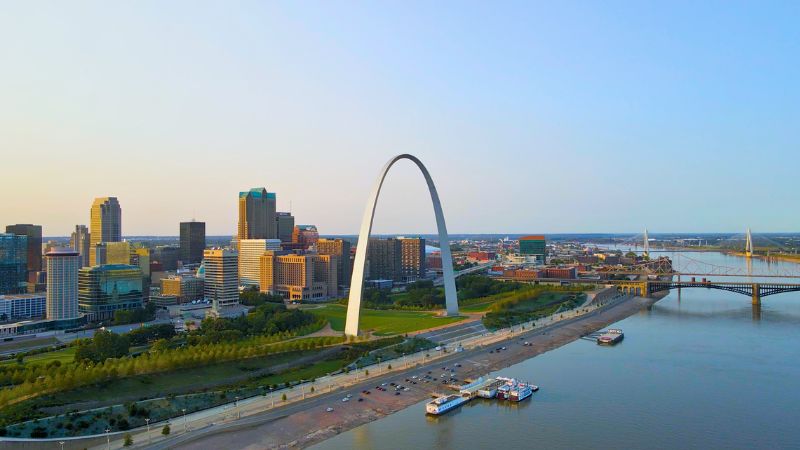
You can go up in the arch and get an amazing view of Missouri and Illinois.
You can feel it move slightly while you’re up there, but it’s not bad.
If you’re afraid of heights but your loved ones really want to go, do not fear! There’s an amazing history museum under the arch and facts posted everywhere about its construction.
The Gateway Arch National Park (where the arch is) is beautiful, with tree-lined paths, a picturesque staircase that leads down to the river, and a lake.
You can also take a riverboat cruise on the Mississippi.
There’s a lot going on in the Lou! Check out city guides like Explore St. Louis or RFT events for more information on events, festivals, and things to do.
St. Louis Culture: Provel cheese, Schucks, and Crazy Driving
…but the driving wasn’t always crazy
Local Cuisine
St. Louis has some cuisine that is 100% St. Louisian, including St. Louis style pizza.
The identifying characteristic of St. Louis Style pizza? Provel Cheese.
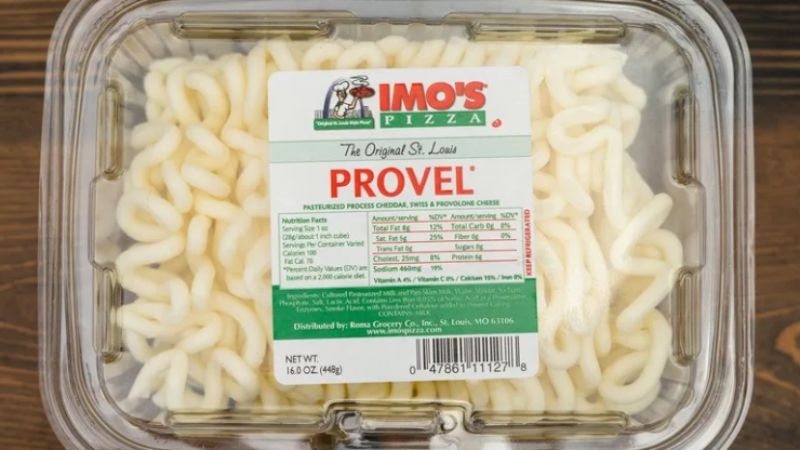
Provel cheese is pretty polarizing here. Some people swear it makes “next-level” pizza, while others consider it a crime in the world of cuisine.
Provel is a processed cheese made of cheddar, swiss, and provolone. You should definitely try it at least once. Imos Pizza is the go-to for St. Louis-style pizza.
Gooey Butter Cake
Gooey Butter Cake is another local St. Louis favorite. You’ll find it in most cafés, coffee shops, grocery stores, and some restaurants and bakeries.
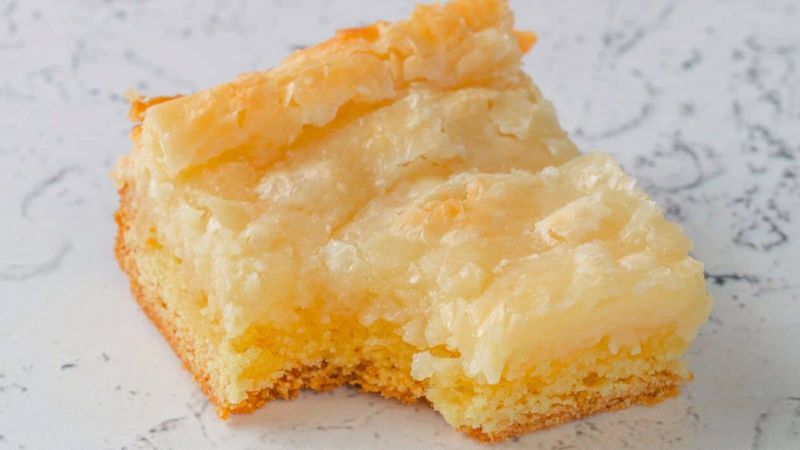
St. Louis BBQ
If you like BBQ, you’re in luck! There are some fantastic local places like Sugar Fire and Salt and Smoke. St. Louis-style BBQ is sweet and sticky.
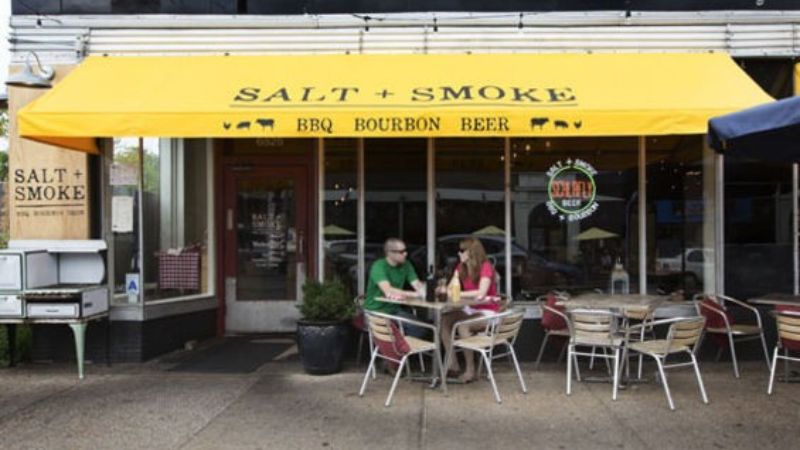
Most BBQ places have a few different sauce styles, ranging from sticky and sweet to thin and mustardy.
“Where’d You Go to High School?”
As you start to meet people you’ll pick up that most people in St. Louis are from here.
An inside joke (that actually happens) is people will ask you “What high school did you go to?”
If you just say “I’m not from here,” they shrug it off pretty quickly.
Helpful tips
- Because everyone knows each other from forever ago, the St. Louis scene can feel cliquish and hard to break into.
- Most people here are pretty friendly, and if you can make a habit of showing up at some key places on a regular basis, you’ll be treated like a regular in no time.
- There are lots of social groups for just about anything: gardening, writing, conversation, architecture, music, kickball, hiking etc.
- Check out Meetup or look for Facebook groups that share your interests.
Local Stores
The common local grocery store around town is Schnucks. It’s pretty average. Depending on the part of town you’re in, there are definitely nicer stores and some run-down ones.
Dierbergs is considered a little more upscale, and you won’t find them in every neighborhood.
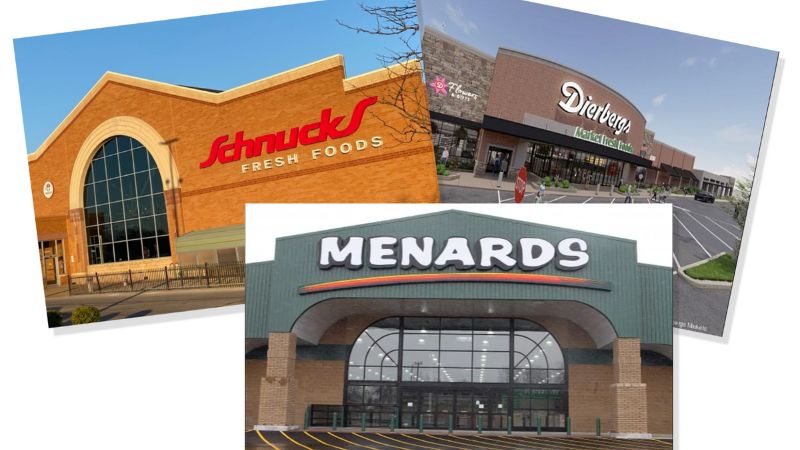
Another really special store is Menards! It’s a Midwestern chain, like Ace Hardware, combined with Lowes’s seasonal section and the drugstore’s novelty aisle. Some locations have a piano player and fresh kettle corn for sale on weekends.
They have just about everything a hardware store would have and more:
- Groceries
- Working/hunting clothes
- Greeting cards
- A lighting section you can see from a mile away
- Lumber
- Home supplies
Historic Catholic Churches
Catholicism is pretty big here, and there are several beautiful historic churches. The most famous is The Cathedral Basilica of Saint Louis in Central West End.
Even if you’re not a churchgoer, it is an amazing site to visit.
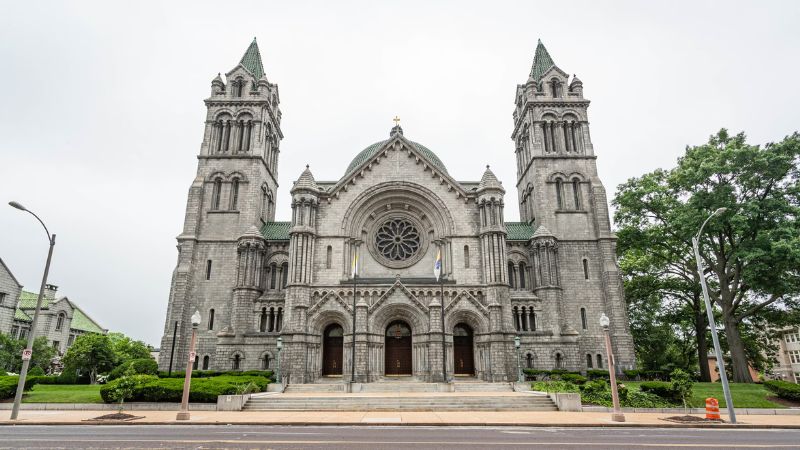
During Lent, you can travel to the different fish fries on Friday nights, but be sure to get there early as many of them sell out or shut down by 8:00.
Be sure to check out The St. Louis Post Dispatch, as they will print a list of the Fish Fries with a map every year.
The St. Louis Bar Scene
There’s A LOT of bars around St. Louis. They range from dive bars like The Haunt to upscale cocktail bars like Idol Wolf to loungy like Pagan Wine Bar to more niche places like Fortune Teller Bar or Tim’s Chrome Bar.
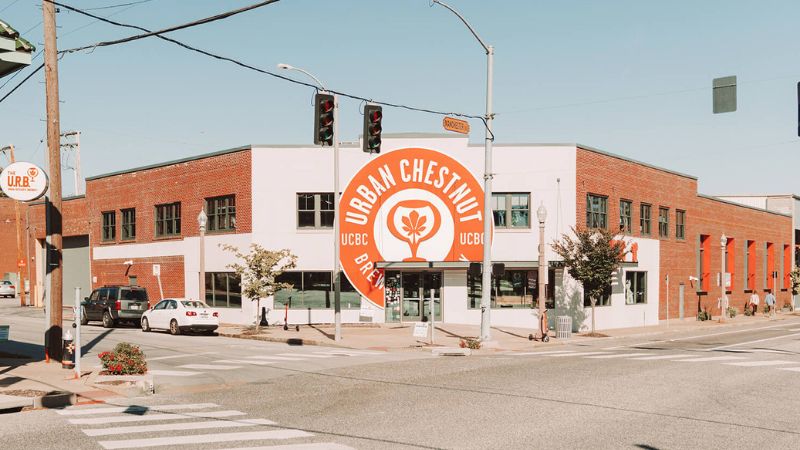
There’s also a lot of great local beer, like Urban Chestnut, 4 Hands Brewing, Civil Life, and Alpha Brewing.
If you’re into that scene it’s a fun way to explore the different areas in town, of course- always do so responsibly.
The Great Outdoors
What surprises some newcomers to the area is the amount of amazing parks and hiking trails.
Especially if you come in from the East, which is flat for miles and miles, it’s hard to imagine that the St. Louis area has a lot of options for hiking, camping, and boating.
But the further west you go, you’ll notice the landscape gets more hilly, with more options for hiking trails and state parks.
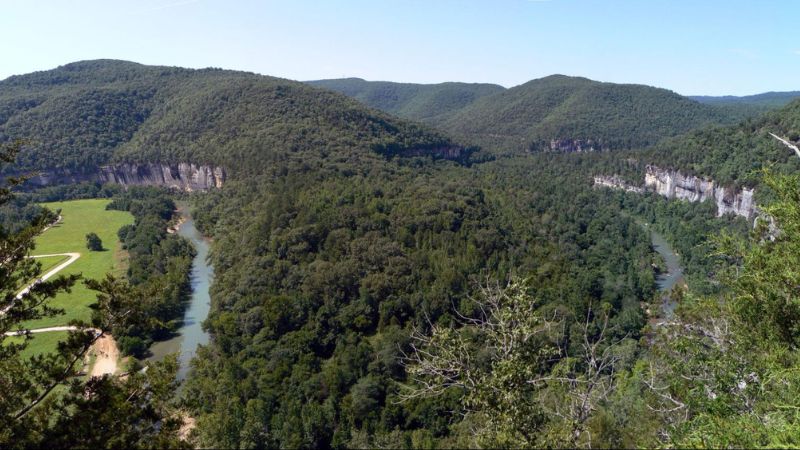
And there’s even more available if you’re looking for a day trip, the Ozarks, Onondaga Cave State Park, Crystal City Underground, Castlewood State Park, and more.
Traffic and Driving Around STL
Traffic is mild most of the time around St. Louis.
It’s nothing compared to cities like Atlanta, LA, and New York. Getting around is pretty easy, considering St. Louis is a very spread-out metro area.
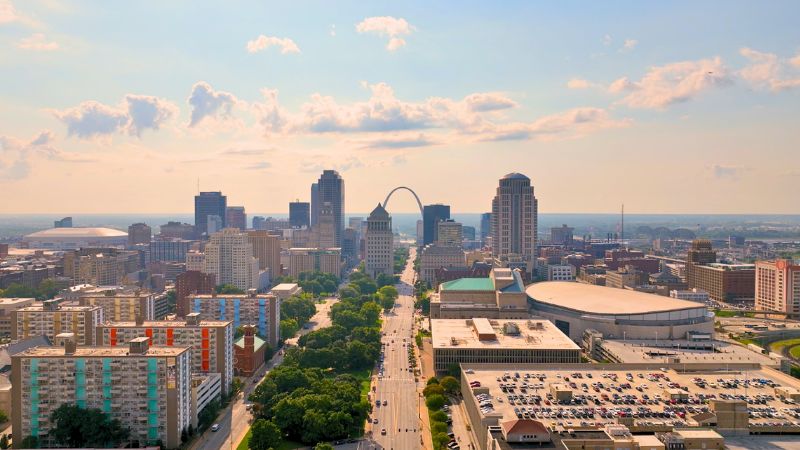
When you’re in the city, driving can be a little crazy.
Some drivers consider red lights a mere suggestion.
U-turns can happen anywhere.
And turning left from the right lane (or vice versa) is pretty commonplace.
Long-time St. Louis residents say it wasn’t always this way, but acknowledge it’s a little nuts. Just make sure you always check before pulling ahead, even if you have the green light, and you’ll be okay.
Defensive driving is a great skill to have here.
St. Louis Housing and Cost of Living
The affordable cost of living in St. Louis is what keeps a lot of people here.
According to RentCafe, the cost of living in Saint Louis, MO, is 3% lower than the state average and 11% lower than the national average.
Saint Louis, MO, housing is 24% cheaper than the U.S. average. St. Louis is one of the best cities for first-time homebuyers because the median home price is usually in the mid $200,000s.
There are many housing options in St. Louis. If you’re willing to put some work in, you can get a historic home for pretty cheap in some areas. Housing costs range anywhere from $100k to several million, depending on where you look.
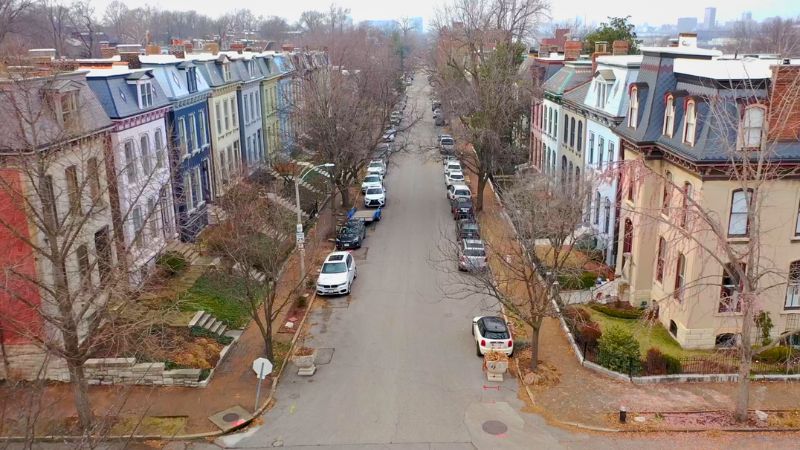
With many quality homes available and a healthy real estate market, finding a new home is possible in St. Louis.
St. Louis Schools
The school systems in the western parts of St. Louis tend to rank higher than the St. Louis City schools, with Ladue and Clayton high schools ranking the highest for public schools, according to Niche.com.
And there are dozens of private schools to choose from.
For colleges, the largest public university is the University of Missouri. There’s also Harris-Stowe State University as well as a couple of community colleges.
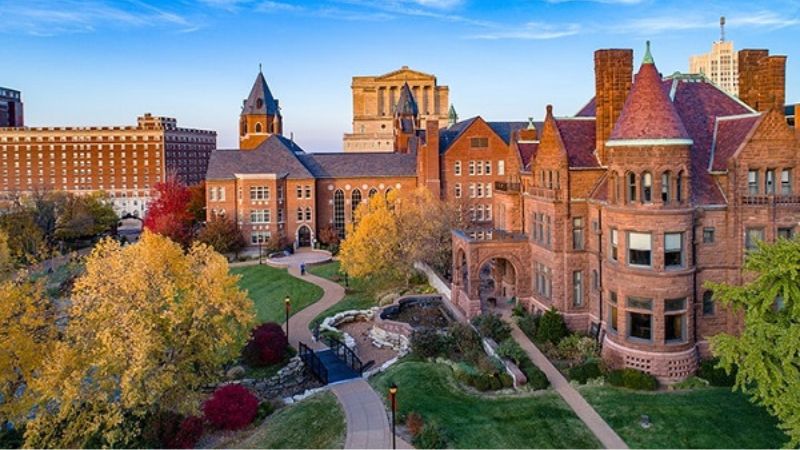
The private universities are Saint Louis University (SLU), which has a well-known School of Medicine, Webster University, and Washington University in St. Louis. There are also several smaller universities like Lindenwood University, and Logan University.
Some Downsides of Living in St. Louis
St. Louis can sometimes feel like a small town with its declining population, distance from major cities and everyone seems to know everyone.
Crime is frequently cited as a concern in St. Louis. City residents often acknowledge the presence of crime but emphasize that it predominantly consists of property crimes. Despite this, most city residents report feeling safe and advise others to “be smart and aware.”
Locals will also attribute the high crime rate to skewed statistics because the numbers are counted by the St. Louis City population instead of the metro area.
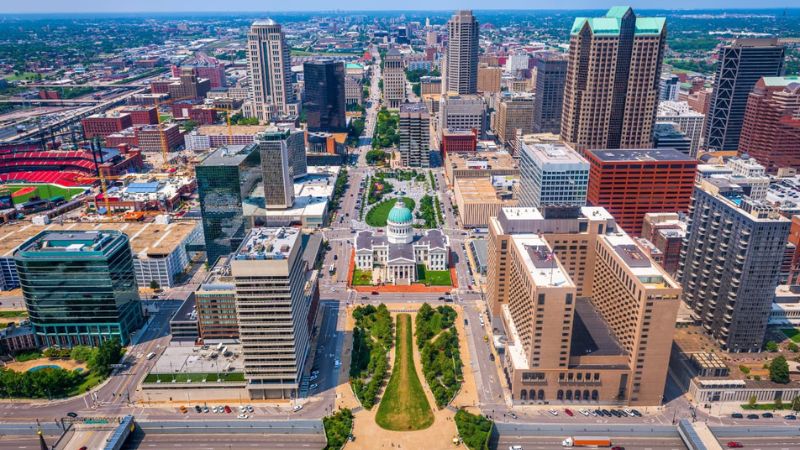
Personal property tax is a thing in St. Louis that you pay every year. You have to declare any cars, trucks, RVs, boats, recreational vehicles, motorcycles, tractors, or business property.
For a list of ‘Personal Property’ and the cost breakdown, go to the government site.
Thinking of Moving to St. Louis?
If you’re thinking about moving to the Midwest, St. Louis has a lot to offer:
- A thriving art scene
- A healthy job market
- Great entertainment
- Beautiful outdoor spaces
- Professional sports teams
- Dozens of types of neighborhoods to call home
If you’re moving to St. Louis and looking for help buying your new home, please contact us. We’d love to help you make your move to the Lou and share our local expertise.





